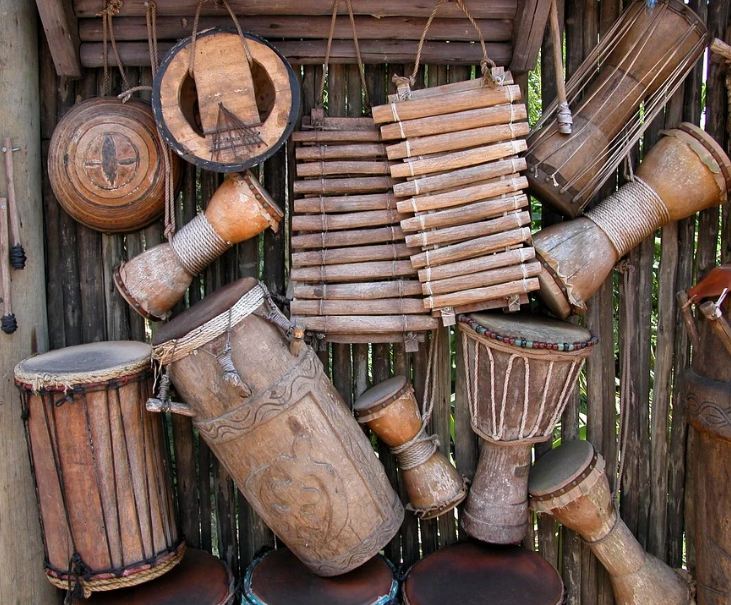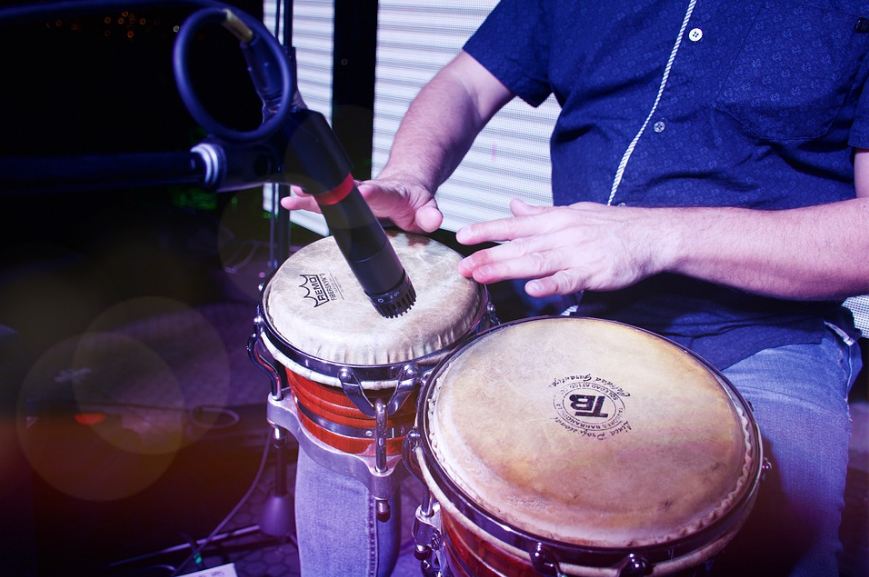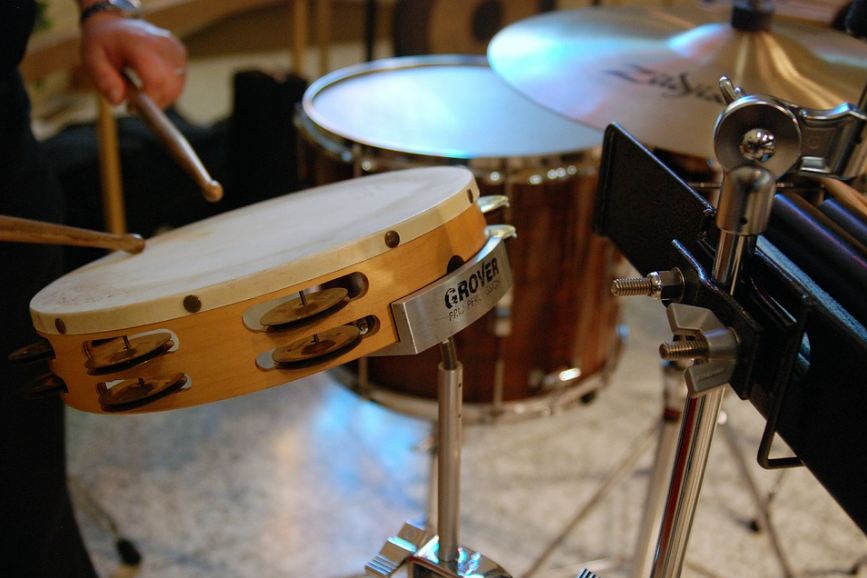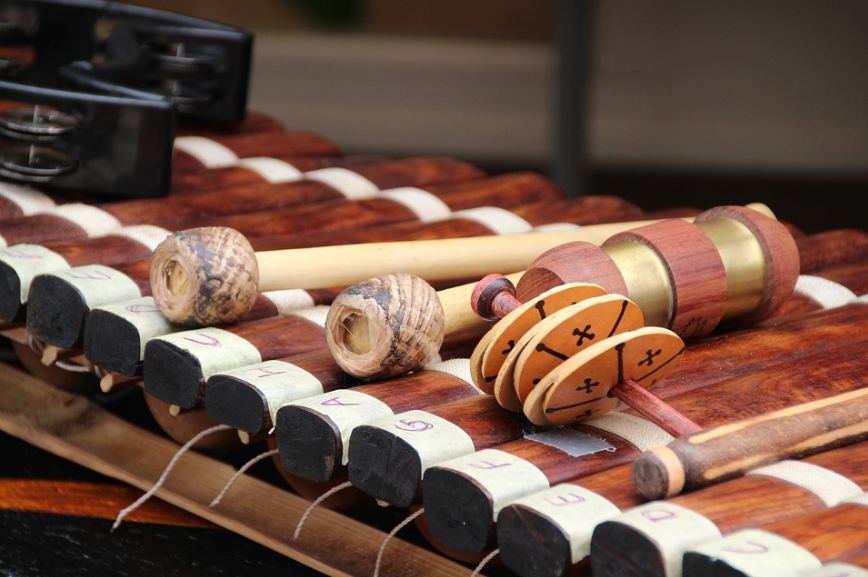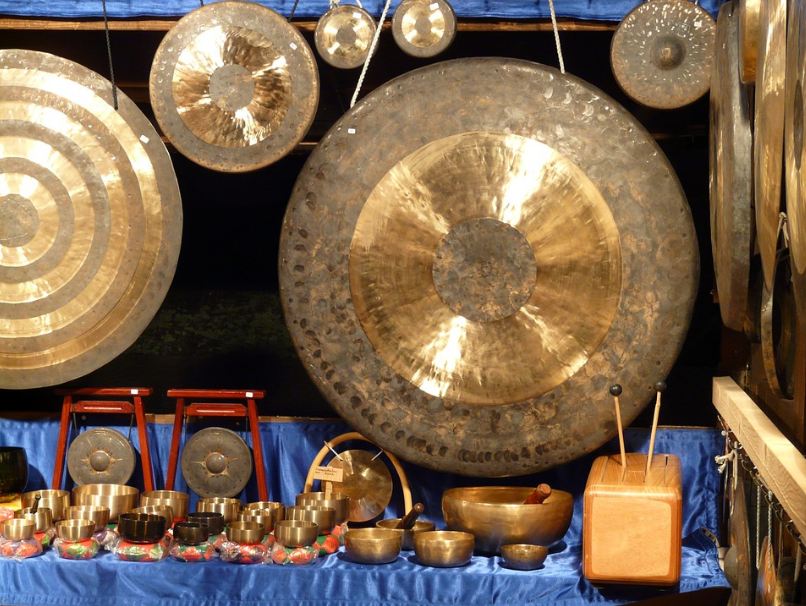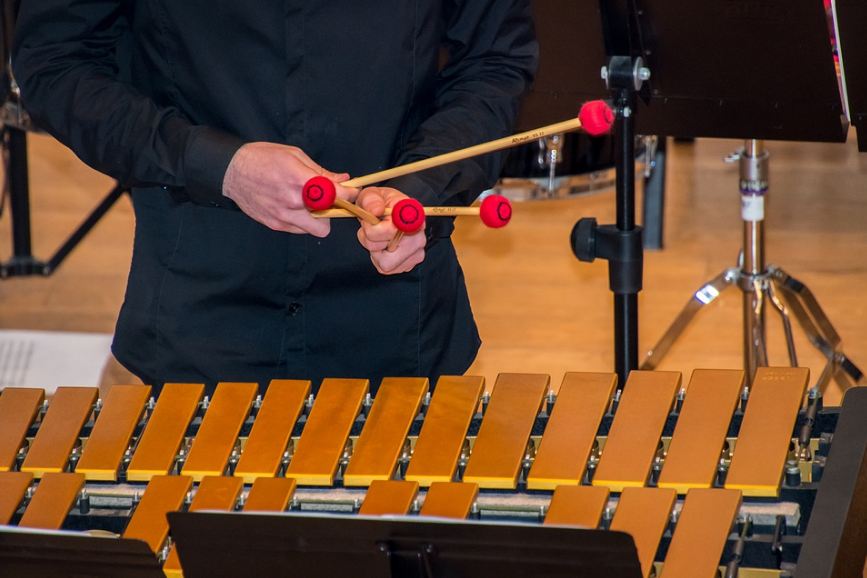In an orchestra, the percussion family is the largest. Percussion instruments involve all the instruments that create a sound when it is shaken, hit, or scraped. It is quite challenging to play percussion instruments as you need a lot of practice to hit an instrument at the right place and time with the right amount of strength.
Percussion instruments make special sounds and add excitement to a musical work. They also keep the rhythm. Percussionists usually play different instruments in one piece of music. Some of the most common percussion instruments are xylophone, cymbals, triangle, maracas, snare drum, gongs, chimes, and piano. If you want to learn more about them, read on as we’re giving you the ultimate guide to percussion instruments. And in case you want to know the best australia online casino, check out the given link.
What are Percussion Instruments?
The percussion family of instruments is made up of membranophones and idiophones.
- Membranophones: These are drums that make a sound when a player strikes a membrane that is slightly stretched over a frame.
- Idiophones: These are instruments that produce sound when the whole instrument vibrates in response to being hit or struck.
Percussionists play these instruments using their hands or with beaters, which is a collective term for rods, drumsticks, wire brushes, and mallets.
Different Types of Membranophone Percussion Instruments
Almost all genre of music has some form of drumming. And when it comes to drums, there are innumerable types in different parts of the world. Below are some of the different types of membranophone percussion instruments but if you want to find out the best online casinos united states, we recommend you click the given link.
- Snare Drum: This percussion instrument is a bright and trembly drum. It has metal snare wires that run beneath its lower drum head. A drummer usually plays the snare using his non-dominant hand. There are also larger, body-mounted snare drums that are seen and heard in marching bands. You can learn more about this percussion instrument in our Guide to Snare Drum.
- Congas: These are tall and deeply-pitched hand drums. They usually stand on the floor or on strong chrome hardware. Learn more about this by reading our Guide to the African Conga Drum.
- Bongos: These are also tall drums but smaller than congas. They produce a higher pitch.
- Timbales: These are small metal-frame drums that are mounted on a stand and played using beaters. A person who plays a timbale usually has two drums and a cowbell, and a woodblock.
- Tambourine: This instrument can either be a part of a drum set, mounted as a standalone instrument, or positioned atop a hi-hat. It can have a drum head or exclusively produce sounds through its zils or jingles, which are the metal discs mounted around its frame. There are also some players who opt for a Pandeiro, which is a close relative of the tambourine.
- Mridangam: This is considered the oldest type of drum that is still being used today. It features two drum faces on its left and right sides. Traditional players of this percussion instrument add a mixture of flour and water to its left face to lower the tone when they play.
- Talking Drum: This one is an hourglass-shaped drum that has drum heads on each end. It got its name from the notion that it can mimic sounds of human speech. You can learn more about this by reading our Guide to Africa’s Talking Drum.
- Tabla: This is the most common percussion instrument in traditional Indian music. It is usually paired with a sitar. It has two drums, a male drum that produces a bass tone and a female drum that produces a tenor tone.
- Djembe: This is a goblet-shaped African drum that is held in between the knees of the player and played using hands.
- Ngoma: This is a barrel-shaped African drum that is placed on the floor. Drummers strike it using large wood beaters.
- Orchestral Bass Drum: This is quite similar to the bass drum found in a drum set but larger in diameter. It hangs from a frame, and a percussionist strikes it using handheld mallets.
- Tenor Drum: A tenor drum has a higher pitch compared to a bass drum but a lower pitch than a snare drum. It is round and of medium depth. It is played using a drumstick or a mallet.
- Side Drum: This kind of drum is usually used in contemporary classical music. It can either be part of a standard drum set or not.
- Kick Drum: A kick drum is also called a bass drum. It is large and deep-sounding. It is placed on the floor and played using a foot pedal.
- Rack Toms: These are a pair of tom-tom drums that hangs above the kick drum. They have higher-pitched sound compared to a floor tom, which stands on legs near the dominant hand of the drummer.
Different Types of Idiophone Percussion Instruments
Idiophone percussion instruments are those that produce sound when a percussionist strikes them, which causes the whole instrument to vibrate. There are also many different idiophones in different parts of the world. Here are some of them:
- Cymbals: These are curved brass discs that come in different sizes. Drum kit cymbals have a hi-hat, ride cymbal, crash cymbal, and splash cymbal. Each of them is mounted on a stand and played using beaters. The crash cymbals in orchestras and marching bands are handheld and come in pairs. They make sounds by sliding one cymbal past the other. There are also finger cymbals that are worn on the player’s fingers. To learn more about this percussion instrument, you can read our Guide to Cymbals.
- Agogo: This is an unpitched metal bell or pair of bells. It is usually featured in samba music. You can learn more about it by reading our Guide to Agogo.
- Cajon: A Cajon is a percussion instrument that originated from Peru. It is a hollow wooden box that has internal snares on one side. A player sits on it and strikes it using their hands or sometimes beaters. Find out more about this instrument on our Guide to Cajon.
- Gong: This is a suspended metal disc found in both Eastern traditional and Western classical music. In orchestras, a type of gong called a tam-tam is usually used. If you want to learn more about this percussion instrument, you can read our Guide to the Gong.
- Castanets: These are handheld wood idiophones that come in pairs. When the player snaps two of them together, they make a clicking sound. Read our Guide to Castanets to learn more about this percussion instrument.
- Marimba: This musical instrument is similar to a xylophone, but it has a greater range and resonators under its wooden bars. Read more about it in our Guide to Marimba.
- Vibraphone: A vibraphone is an adaptation of a xylophone. It features metal bars and a built-in electric resonator that projects its sound. It is essentially a plugged-in version of a metal marimba. Learn more about it in our Guide to Vibraphone.
- Crotales: These are also known as antique cymbals. It is made up of a collection of small pitched cymbals. It can be found from classical music to progressive rock in the 1970s.
- Claves: These are wooden sticks that click together to create an unpitched sound. They are mostly heard in salsa music.
- Temple Blocks: These are a series of pitched woodblocks. They are popular in classical ensembles.
- Headless Tambourine: This is a tambourine but without a membrane. Its sound is produced via the vibration of the frame and its jingles.
- Maracas: This is an instrument from Venezuela but became more popular in Latin American music. They are wooden shakers with handles.
- Tubular Bells: These are bells that are pitched chimes. It is played by striking it with beaters.
- Xylophone: A xylophone is a pitched percussion instrument that is made from wooden bars that are laid out like a piano keyboard. It is played using felted mallets.
- Glockenspiel: This one is a smaller member of the xylophone and vibraphone family. It features small metal bars that create a definite pitch with many overtones.
- Steel Drum: This is an idiophone that is made from a concave metal drum. Striking its different parts can lead to different pitches.
These are some of the different percussion instruments that can be found around the world. Percussion instruments are indeed important in musical works, as they provide special sounds and add color and excitement to them. We hope this guide helped you learn more about percussion instruments. If you are looking into learning more instruments that belong to this family, you can click on the links below:
- Guide to the Spoon – A Percussion Instrument
- Guide to Parai
- Guide to Steelpans
- Guide to Txalaparta
- Guide to Babendil
- Guide to the Wooden Fish
- Guide to the Taiko
- Guide to the Triangle
- Guide to the Kubing
- Guide to the Glockenspiel
- Guide to the Flexatone
- Guide to the Bata Drum
- Guide to Balafon
- Guide to Angklung
- Guide to Agung

